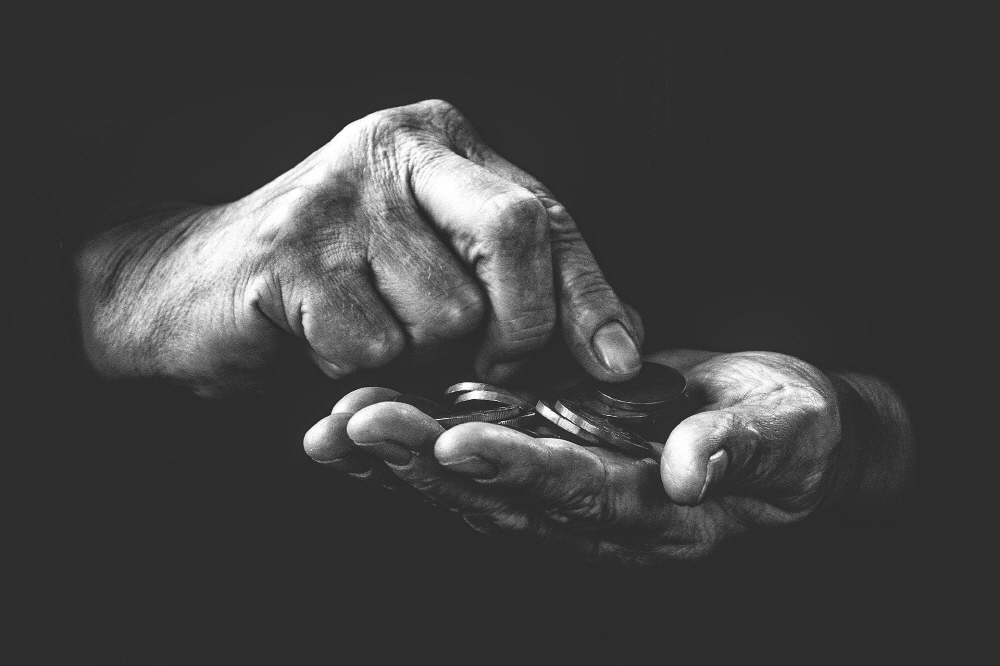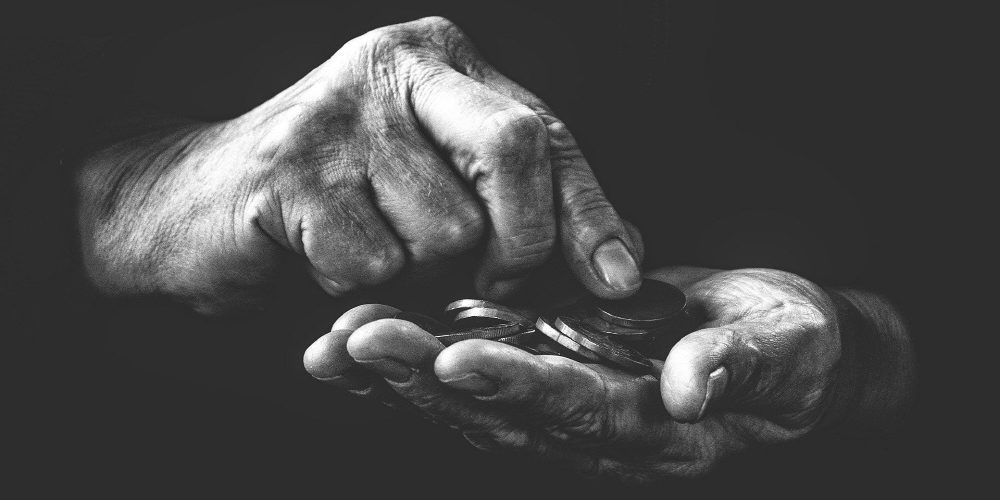
Bruce M. Boghosian, professor of economics at Tufts University, used a mathematical model to explain the fact that the gap between the rich and the poor is necessarily created by the principles of the economy itself and what is happening in the real economy. . The mathematical model proved that wealth inequality was inevitable.
What if you were lucky enough to be able to buy something at a bargain price when buying it? According to the explanation, if a transaction with repeated gains and losses is made infinitely, the property is necessarily concentrated on one person. Professor Bogosian uses the game as a proof that wealth is concentrated on one person.
For example, let’s say you are playing a game in which 20% of your holdings increase when heads are rolled up, and 17% less when it comes up tails. If you get the expected value of playing this game once when you have 100 won, you get ’20×½+(-17)×½=1.5′. The expected value is positive and the game is likely to be profitable. However, if you play this game 10 times and come up with heads and tails 5 times each, it is ‘100×(1.2) 5 ×(0.83) 5 = 98.02′.
In other words, the more you play this game, the more you lose. A thought experiment that approaches this game to reality is a mathematical model called the yard sale model.
In the yard sale model, each participant makes a set of two and trades. In this transaction, it is set that one side wins and the other side loses by mimicking the case that the price became a little expensive in the actual transaction. If you win, you gain 20% of the money of the poor side of the trade, and if you lose, you lose 17% of the holdings of the poor side. For example, suppose that participant A with 100 won and participant B with 500 won trades, and A loses and B wins. In this case, A loses 17 won, which is 17% of A’s holdings, and his possessions become 83 won. B, who wins, gets 20% of A’s possessions, which becomes 520 won. A participant who has completed a transaction will trade indefinitely, such as making a transaction with another participant.
According to Professor Bogosian, if the yard sale model continues, there will be a monopoly of wealth that only one person will acquire the holdings of all participants and the holdings of other participants will be zero. This monopoly of wealth must occur regardless of the number of participants or the amount they have at the start.
In the real world, there is no such thing as a 50% win rate when a participant makes a trade. Regarding the results of this experiment, Professor Bogosian said that the free economic market is like a continuous game where you lose your money as you get older, and furthermore, it is impossible to leave the free economic market.
Professor Bogosian’s research team added three things to make the yard sale model more realistic. One is the average of wealth. The reality is that there are high taxes for the wealthy and subsidies for the poor, so each transaction approaches the average value of its holdings. Next is the information gap. As the wealthy can obtain economically advantageous information such as lowering loan interest rates and financial advice, they give advantageous advice to the wealthy after trading. The last is debt. Considering debts such as mortgages and student loans, each participant’s holdings may become negative, but there is no limit to the negative value of holdings as there is no endless debt.
After adding these three items, the yard sale model was implemented, and as a result, the distribution of assets by participants became quite realistic. It is explained that if the correction value with three additions is properly set, the distribution of US assets for 30 years can be expressed with an error of 0.2% or less.
Regarding the experimental results using the mathematical model, Professor Bogosian explained that it is the natural distribution of wealth and complete monopoly in a free market economy. So, what is important is the redistribution of wealth. A carefully designed redistribution mechanism can be established to compensate for the natural flow of wealth from the hollow to the rich. Related information can be found here.


















Add comment